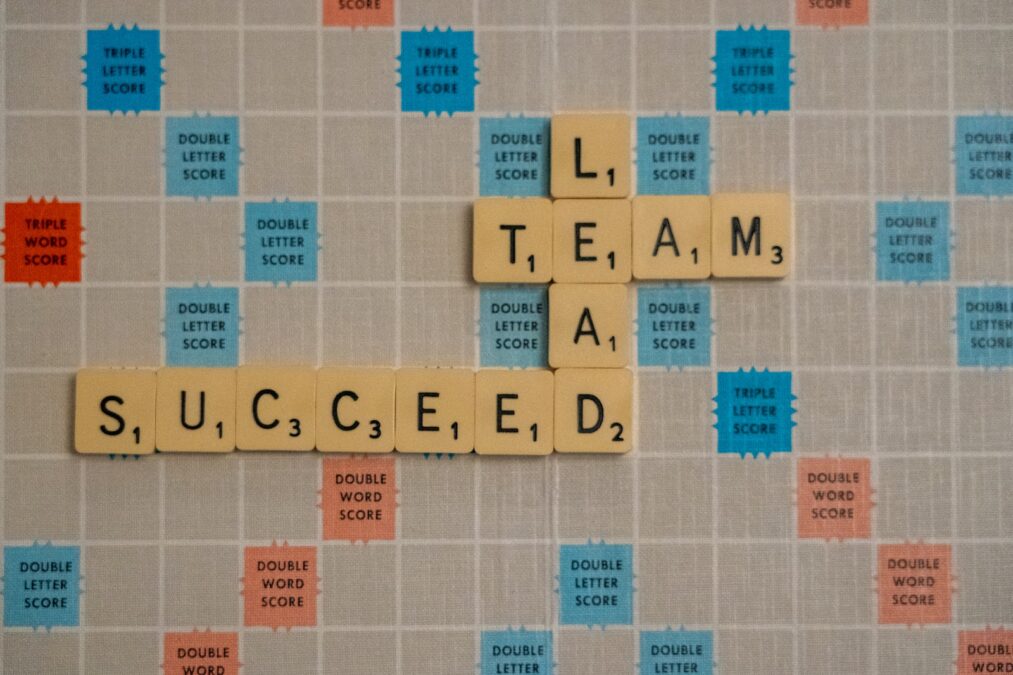Unlocking Leadership Skills Potential Through the Power of Music
In the dynamic world of business, where change is the only constant, executives and managers often find themselves navigating complex landscapes. Drawing parallels between leadership and the art of music, this article explores the profound connection between effective leadership, change management, and the emotional resonance that music can inspire.
Change as a Melodic Journey
In the ever-shifting landscape of an organization, where strategies shift and goals morph like the themes of a grand symphony, change isn’t a jarring disruption; it’s a melodic journey. Each department, team, and individual becomes an instrument, contributing their unique voice to the collective harmony. But for this symphony to soar, it needs a skilled conductor – an executive who wields the baton of leadership, guiding the orchestra of employees through the crescendos of innovation and the pianissimos of uncertainty.
This conductor doesn’t merely dictate the tempo; they are a master interpreter, deciphering the score of change with wisdom and foresight. They anticipate the shifting dynamics, leading teams through exhilarating movements of rapid growth and navigating the somber passages of restructuring with empathy and compassion. They understand that a symphony’s beauty lies not just in its grand finales, but also in the delicate transitions, the subtle modulations that bridge one movement to the next.
Just as a skilled conductor draws out the potential of each instrument, the effective change leader empowers their team. They invest in training and development, ensuring every employee possesses the skillset to play their part. They foster collaboration, breaking down silos and encouraging cross-functional harmony. And when mistakes arise, as they inevitably do in any complex performance, the conductor doesn’t resort to harsh reprimands; they become a maestro of resilience, analyzing the discordant notes and guiding the team to a graceful recovery.
Ultimately, the success of this organizational symphony hinges not just on the conductor’s technical prowess, but on their ability to connect with the audience – the employees themselves. Clear communication becomes the bridge between the score and the stage, ensuring everyone understands the overarching melody of change and their role in the performance. Open dialogue fosters trust and buy-in, transforming passive spectators into engaged musicians, each driven by a shared passion for the transformative finale.
So, embrace the symphony of change, executives and employees alike. Let the conductor’s vision guide your steps, let the collective melody inspire your passion, and together, weave a harmonious tapestry of adaptation, innovation, and ultimately, resounding success.
This expanded version builds on the symphony metaphor, introduces specific examples of the conductor’s roles, emphasizes the importance of employee development and empowerment, highlights the value of communication and trust, and concludes with a call to action for both leaders and employees. I hope this resonates with you and offers a more nuanced and inspiring perspective on change management within organizations.
The Leadership Sonata
Great leaders, like skilled musicians, understand the importance of balance and harmony. The leadership sonata involves mastering key skills—communication, adaptability, and strategic vision—to create a resonant and powerful impact on the organization.
Harmonizing Talent through Coaching
Executive coaching services play a pivotal role in refining leadership skills. Like a seasoned music coach, an executive coach guides leaders in fine-tuning their abilities, ensuring they play their professional instrument with precision and emotional depth.
Conducting the Path to Success
Just as a composer creates a masterpiece, business leaders orchestrate success. By integrating effective communication, change management, and executive coaching, they compose a soundtrack of achievement that resonates throughout the organization.
Adapting to Market Dynamics
In the ever-changing business landscape, staying attuned to market dynamics is crucial. Business news updates serve as the sheet music, providing leaders with the notes they need to adjust their strategies and maintain harmony in the face of economic fluctuations.
AI as the Virtuoso
In the modern orchestra of business, Generative Artificial Intelligence (GAI) acts as the virtuoso, elevating the performance of the entire ensemble. By leveraging GAI, leaders can analyze vast amounts of data to make informed decisions, creating a harmonious blend of technology and human expertise.
Conclusion: Striking a Chord for Sustainable Success
In conclusion, the resonance between music and leadership is undeniable. By embracing the lessons of a symphony—change management, leadership skills, executive coaching, and the integration of technology—business leaders can compose a masterpiece that echoes with sustainable success.
#LeadershipHarmony #BusinessSymphony#TechnologyIntegration #BusinessInnovation

